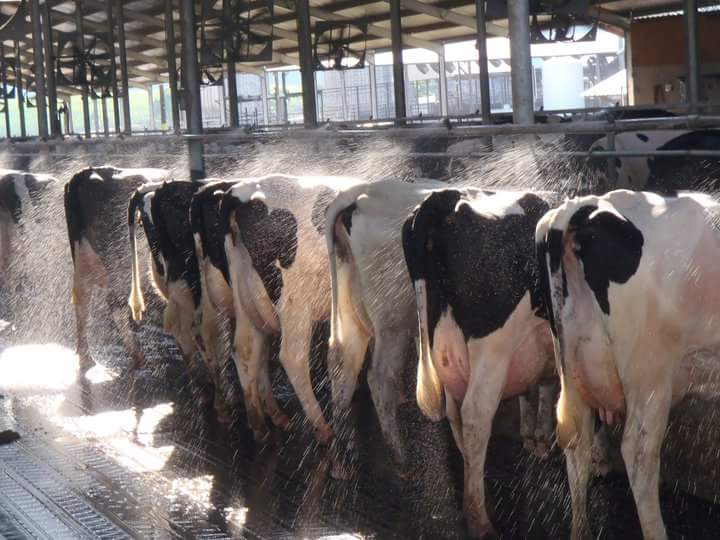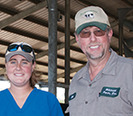
As our family travels down the path of robotic milking, we continue to learn lessons that I will pass on to you. Here is a list of items you may not consider when planning to go robotic but really should.
1. Length of the milk lines from the robots to the tank room — It is a big deal to keep these lines short to inhibit bacteria growth. Our manufacturer shortened the length on us a couple of times as we were designing our remodel.
2. Multiple milk tanks — You must know how to switch them when full. We also realized that cool milk will arrive to the tank around the clock at a slower rate than it presently does with our parlor. In the Southeast, we need more than one tank because the milk truck is liable to show up 12 hours late to make the pick up. When the tank fills up in the middle of the night, who will be responsible for changing tanks?
3. Night milking labor — Your night shift likely does more than simply milk cows. Who will push up feed at night or will you automate feed push up? Who will check on calving cows during what used to be the night milking? Who will wash the milking system or will it be automated? How many times a day do you need to wash the milking system and when?
4. TMR (total mixed ration) versus PMR (partial mixed ration) — Loading a TMR has less chance of a breakdown than the additional machinery (such as feed bins and augers) used in a PMR.
5. Retrofitting an existing conventional freestall barn with flush lanes for robots and cow traffic patterns — I won’t share details here but could write a novel on this subject.
6. Reducing labor by robotic milking — How does that affect your dry cow and heifer programs? Will you automate your calf program? Will you put close-up cows in a barn or area where they can be monitored around the clock with cameras? How can you improve those programs in such a way to create a cow that is robot compatible and reduces labor in those programs? Are you striving to make every task on the farm be more streamlined to fit the reduced number of staff?

Mark and Caitlin Rodgers are dairy farmers in Dearing, Georgia. Their “Father and Daughter Dairy Together” column appears every other Thursday on HD Notebook. The Rodgers have a 400-cow dairy that averages 32,000 pounds of milk. Follow their family farm on Facebook at Hillcrest Farms Inc.